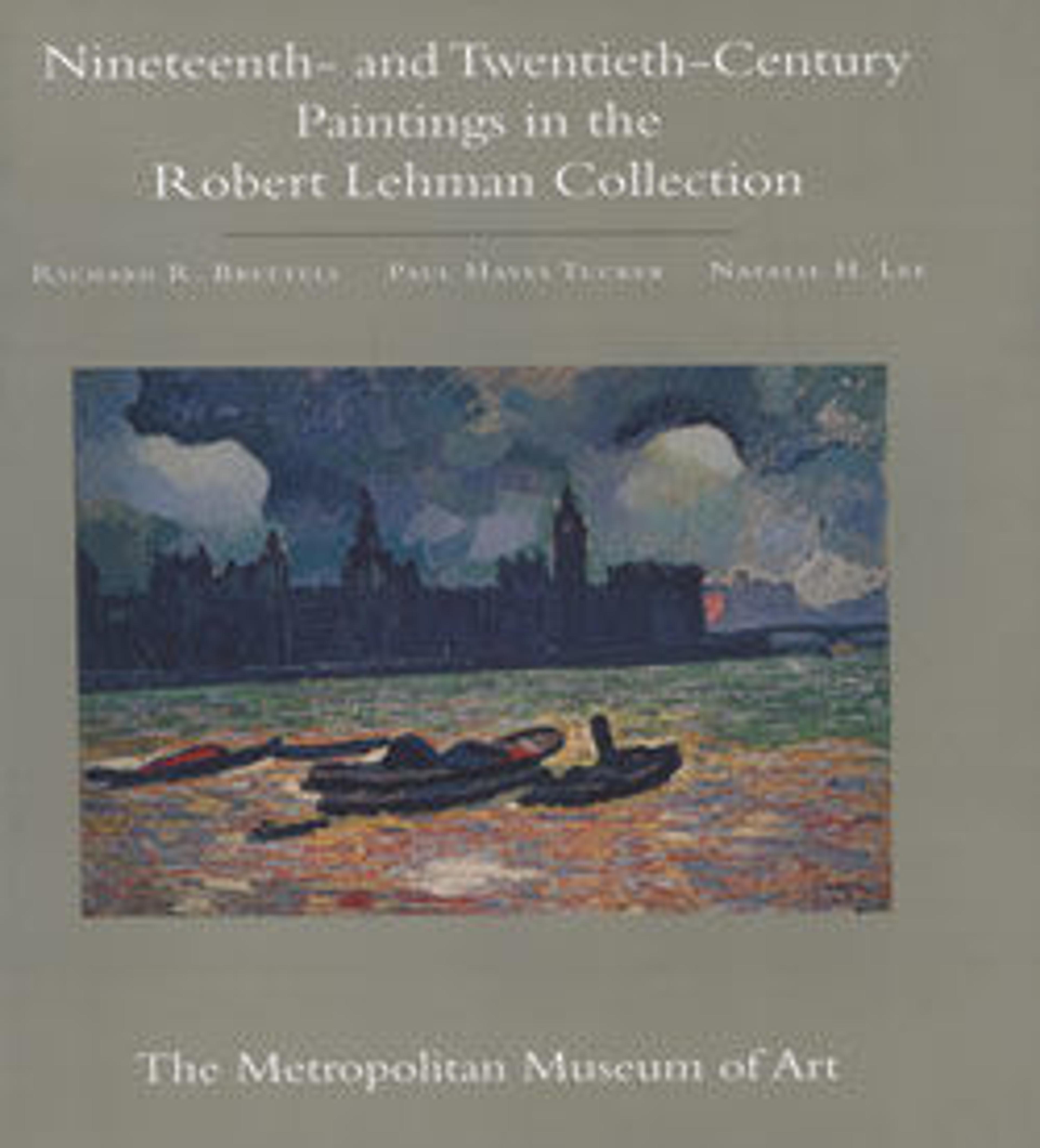Houses on the Achterzaan
On the advice of the French painter Charles-François Daubigny, Claude Monet traveled to the Netherlands in 1871, where he painted this landscape of limpid waters and azure skies along the Achterzaan River in Zaandam. Writing to fellow Impressionist Camille Pissarro, Monet noted the pleasures of painting the picturesque Dutch landscape: "This is a superb place for painting. There are the most amusing things everywhere: hundreds of windmills and enchanting boats, extremely friendly Dutchmen…" Using a limited palette of varying shades of green, Monet has captured the hazy atmosphere and light-dappled water of this picturesque Dutch port. Monet's Dutch landscapes were widely admired by other contemporary artists, especially Daubigny, whose own studies of light and water share an affinity.
Artwork Details
- Title: Houses on the Achterzaan
- Artist: Claude Monet (French, Paris 1840–1926 Giverny)
- Date: 1871
- Medium: Oil on canvas
- Dimensions: 17 3/8 × 26 1/2 in. (44.1 × 67.3 cm)
- Classification: Paintings
- Credit Line: Robert Lehman Collection, 1975
- Object Number: 1975.1.196
- Curatorial Department: The Robert Lehman Collection
Audio
4775. Houses on the Achterzaan
0:00
0:00
We're sorry, the transcript for this audio track is not available at this time. Please email info@metmuseum.org to request a transcript for this track.
More Artwork
Research Resources
The Met provides unparalleled resources for research and welcomes an international community of students and scholars. The Met's Open Access API is where creators and researchers can connect to the The Met collection. Open Access data and public domain images are available for unrestricted commercial and noncommercial use without permission or fee.
To request images under copyright and other restrictions, please use this Image Request form.
Feedback
We continue to research and examine historical and cultural context for objects in The Met collection. If you have comments or questions about this object record, please complete and submit this form. The Museum looks forward to receiving your comments.
